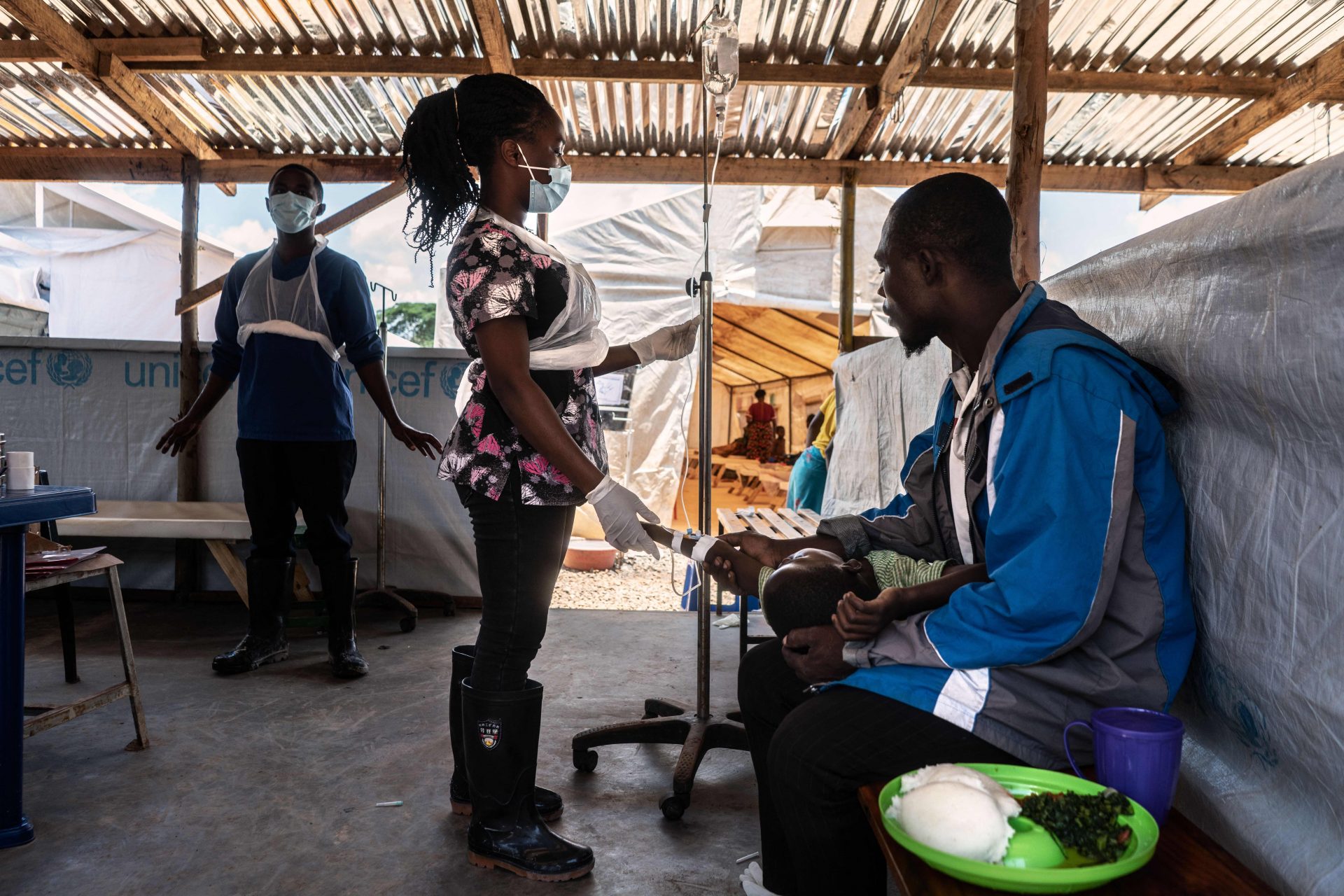Covid-19 -from pandemic to endemic: what is the difference?
It's been over two years since the Covid-19 pandemic began and changed our lives forever. Now experts are talking about the pandemic becoming an endemic. What does this mean exactly?
The World Health Organization declared the Covid-19 outbreak a global pandemic in March 2020. A pandemic is when a disease spreads massively, beyond manageable epidemics confined to specific communities or regions.
Image: Martin Sanchez / Unsplash
Completely defeating the virus isn't possible right now. At the moment, vaccines can only reduce the symptoms and our chances of infecting others or getting infected.
An endemic scenario means that the virus would never be gone, but exist at the edge of a mostly immune population, with very few hospitalizations. This has been the fate of previous pandemics, such as influenza, the Spanish flu, or the swine flu.
Image: Timo Wielink / Unsplash
“We know of a few respiratory viruses that were introduced into the human population, swept across the globe, and transitioned to endemic circulation, usually with annual wintertime peaks in incidence,” stated Prof. Yonatan Grad, in an interview for the Harvard University website. Grad is an associate professor for the Harvard School of Public Health.
Endemic diseases don't require exceptional measures, such as lockdowns or social distancing. Adequate sanitary prevention and keeping an eye on the number of cases should be more than enough.
Endemicity, posited by some scientists and politicians, could be the most optimistic alternative. Between vaccination and natural immunity, Covid-19 would no longer be a serious infection. 2022 might be the year that humanity will cautiously return to the old normal.
“We're almost there, it is now the beginning of the end, at least in the UK,” declared Julian Hiscox, chairman in infection and global health at the University of Liverpool, to the BBC. “I think life in 2022 will be almost back to before the pandemic.”
Dr Elisabetta Groppelli, a virologist at St George's, University of London, also spoke to the BBC: “We'll soon be in a situation where the virus is circulating, we will take care of people at risk, but your average person will be fine.”
Image: Cory Schadt / Unsplash
“Endemicity was written into this virus,” argues Groppelli, who describes her feelings towards the endemic scenario as “optimistic.”
If endemicity is reached, the peaks (or “waves”) of Covid-19 cases would morph into steady numbers with small periods of larger outbreaks, but within the capacity of any modern health service.
Some governments, such as Spain, have started to treat Covid-19 as an endemic cycle.
Nonetheless, the World Health Organization believes that it is still too early to declare the end of the global pandemic.
What is true is that Covid-19 seems to have become a “softer” illness, thanks to vaccines or naturally developing immunity. However, it's still a very risky disease.
For instance, double pneumonia can be a consequence of Covid-19 and cause severe harm or even death. Then there's the so-called “long Covid.”
Getting infected with the virus may not put you in the hospital, but it can lead to “long Covid”, a condition where, according to the WHO, symptoms remain weeks or even months after the infection is gone. In some cases, the aches and tiredness prevent those affected from having a normal life for the foreseeable future.
Although there aren't any conclusive studies, vaccines should protect people from long Covid. However, the high number of those infected by the Omicron variant has fired up the cases of long Covid in children.
Scientific publication Nature indicated that, by the summer of 2021, the UK Office for National Statistics revealed that 9.8% of kids aged 2 to 11 and 13% among the 12-to-16 range presented at least one symptom of long Covid five weeks after testing positive. Maybe the coronavirus won't be like the flu, after all.
However, the main cause of concern isn't those who are vaccinated but rather that those who aren't inoculated might develop serious complications during their first Covid-19 infection. It's necessary to make as many people as possible immune to the virus to reach endemicity.
It's been said that, after Omicron, it's unlikely that there will be a variant of the virus that represents a bigger threat. However, the risk of a new variant can always evolve from those who are defenseless and unvaccinated against Covid-19.
More for you
Top Stories

































